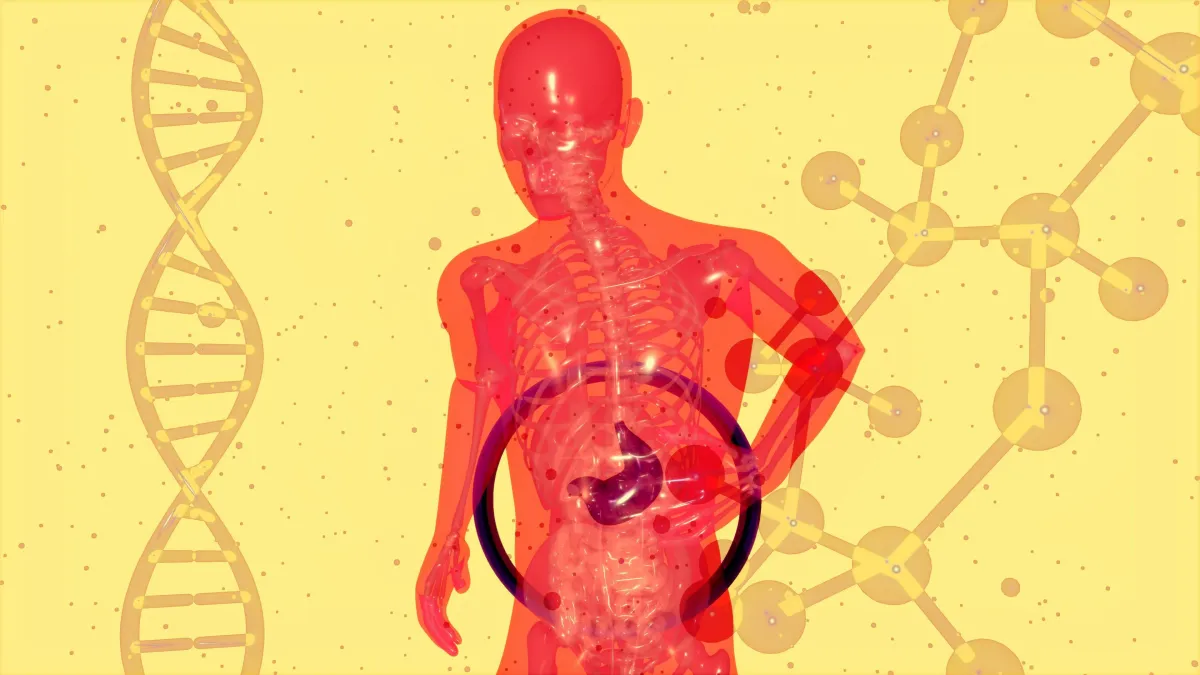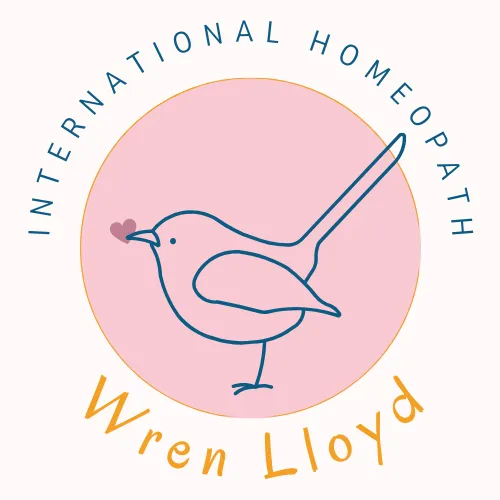
Fatty Liver? PEMT? Natural Solutions
There is meaningful research on how variants in the PEMT gene (phosphatidylethanolamine N-methyltransferase) can increase the risk for fatty-liver disease (especially non-alcoholic fatty liver disease, NAFLD) — and this opens up more tailored, natural-lifestyle strategies for people who carry such variants. I’ll outline the key biology + the evidence, and then walk you through a practical “how to treat naturally” approach with caveats. As always: this is not clinical advice — it’s a resource for you as an independent person to integrate with your own judgment and any co-management by a hepatologist/dietitian.
*** Just before we jump into the research ... I wanted to insert a few homeopathic remedies that can be useful beyond the essential constitutional homeopathic treatment.
Chelidonium, berberis, hydrastis. These are in my Poly Organ Support remedy or can be sourced separately in low potencies and combined into one support remedy. ***
Get in touch with the chat widget if you need to know more.
Double PEMT Mutations and Fatty Liver: Natural Support Strategy
(The following is created with help from ChatGPT and then ChatGPT Evidence-Checked ... but this is an article of indicators, not for medical treatment.)
1. Understanding PEMT’s role
The PEMT gene (phosphatidylethanolamine N-methyltransferase) makes an enzyme that converts phosphatidylethanolamine (PE) into phosphatidylcholine (PC) inside the liver.
PC is essential for:
- Exporting fat from the liver by assembling VLDL (very-low-density lipoprotein) particles
- Maintaining healthy cell membranes
If this conversion is limited (by low choline intake or by PEMT variants that reduce enzyme activity), fat can begin to accumulate inside liver cells, leading to fatty liver (hepatic steatosis).
Sources:
- Li et al., Int J Mol Sci, 2023; 24(23):16850
- Noga AA et al., J Biol Chem, 2002; 277(6):42358–65
2. What happens when PEMT is under-active
People with loss-of-function PEMT variants (e.g. rs7946 G allele) have reduced capacity to make PC internally.
This means the liver relies more heavily on dietary choline from food (via the CDP-choline or “Kennedy” pathway).
When dietary choline is low, the risk of fat accumulation rises sharply.
In mice, complete PEMT knockout produces severe fatty liver and inflammation (NASH-like changes), which reverse when choline is supplied.
Sources:
- Walkey CJ et al., J Biol Chem, 1998; 273:27043–51
- Hwang JH et al., Sci Rep, 2017; 7:21721
3. Human studies: nuance and sex-specific effects
The best current data come from a 2023 population study by Wu et al. (Nutrients, 2023; 15(14):3211):
- Women carrying the rs7946 GG genotype who consumed >448 mg choline/day had ≈79% lower risk of hepatic steatosis compared with those consuming <448 mg.
- Men with the same genotype who consumed >424 mg choline/day had an ≈3.7-fold higher risk of steatosis.
- Oestrogen normally up-regulates PEMT, which partly explains why post-menopausal women and men are more vulnerable when choline is low.
So, genetic risk interacts with both sex and dietary intake rather than acting alone.
4. Key takeaway
Carrying “double PEMT mutations” (homozygous or compound-heterozygous risk variants) does not doom you to fatty liver, but it raises your dependency on adequate choline intake and balanced methylation.
The CDP-choline pathway can largely compensate if nutrition and lifestyle support it properly.
5. Natural strategy framework
A. Lifestyle foundations
- Maintain healthy body-fat (especially visceral fat) through gentle, sustainable weight management.
- Regular aerobic and resistance exercise enhances hepatic fat oxidation and insulin sensitivity.
- Reduce refined carbs and fructose, which drive de-novo lipogenesis.
- Avoid alcohol or keep it minimal; alcohol depletes SAMe and burdens methylation.
- Prioritise sleep and stress regulation, as high cortisol worsens hepatic fat storage.
B. Nutrient & methyl-donor support (PEMT-aware)
- Choline: Aim for at least the Adequate Intake (AI): 425 mg women / 550 mg men. Some PEMT carriers (esp. post-menopausal women) may need moderately higher dietary levels – but avoid large, blind supplementation.
- Food sources: Egg yolks, liver, fish, poultry, cruciferous vegetables, legumes, shiitake mushrooms.
- Phosphatidylcholine (PC): Provides pre-formed PC; may support VLDL export. Evidence from animal and small human studies suggests benefit, but no large RCTs – use as an adjunct, not a prescription.
- Methyl-donors (folate, B12, B6, betaine, methionine, riboflavin): Maintain SAMe supply for methylation steps in PEMT and other pathways.
- Omega-3 fatty acids (EPA/DHA): Reduce hepatic triglycerides and inflammation.
- Antioxidants (vit E, C, selenium, silymarin, NAC): Protect hepatocytes from oxidative stress.
C. Dietary pattern emphasis
- Balanced intake of quality fats (olive oil, nuts, fish) rather than ultra-low-fat regimes.
- Plenty of vegetables and fibre (30+ plant foods per week) to aid bile flow and microbiome health.
- Limit sugar-sweetened drinks and processed foods.
- Combine choline-rich foods with fibre and polyphenols to buffer any TMAO formation.
D. Monitoring & professional oversight
- Liver enzymes (ALT, AST), lipid profile, fasting insulin or HOMA-IR.
- Periodic imaging (ultrasound, FibroScan) to track liver-fat trends.
- If supplementing, reassess every 3–6 months.
- Co-manage with a hepatologist or nutrition professional if fibrosis or metabolic syndrome is present.
6. Integration into holistic or homeopathic care
For homeopathic or integrative practitioners:
- Treat the terrain, not just the gene: address digestive stagnation, bile flow, stress, and vitality.
- Frame the PEMT variant as information, not limitation – it guides precision, not fear.
- Support constitutional balance, gentle detox, and nervous-system regulation alongside dietary shifts.
- Reinforce the principle: genetics load the gun; environment and choices pull (or don’t pull) the trigger.
7. Key references
1. Wu B et al. “Sex-Specific Association of PEMT rs7946 and Choline Intake with Hepatic Steatosis.” Nutrients 2023; 15(14):3211.
2. Li Z et al. “PEMT Deficiency and Non-Alcoholic Fatty Liver Disease: Molecular Mechanisms.” Int J Mol Sci 2023; 24(23):16850.
3. Vance DE. “Physiological Roles of Phosphatidylethanolamine N-Methyltransferase.” Biochim Biophys Acta 2013; 1831:626-632.
4. Walkey CJ et al. J Biol Chem 1998; 273:27043–51.
5. Hwang JH et al. Sci Rep 2017; 7:21721.
6. EASL Clinical Practice Guidelines on Non-Alcoholic Fatty Liver Disease, 2023.

![Wren is an international homeopath based in the UK. She specialises in working with people with autism/ PANS/ PANDAS/ ADHD, mold illness and gut issues internationally.
She has successfully worked with many children and their families worldwide since 2016, using classical homeopathy and homeopathic detox therapy, forming the team International Homeopaths for Autism.
Wren has carried out pioneering work on treating fungi [mold / mould and yeast] illness, especially in the context of autism.
She writes courses for homeopaths and users of homeopathy.](https://storage.googleapis.com/msgsndr/ZXNhQRArkMV3fugK80Gt/media/66917f5166cf9093a2d33917.png)